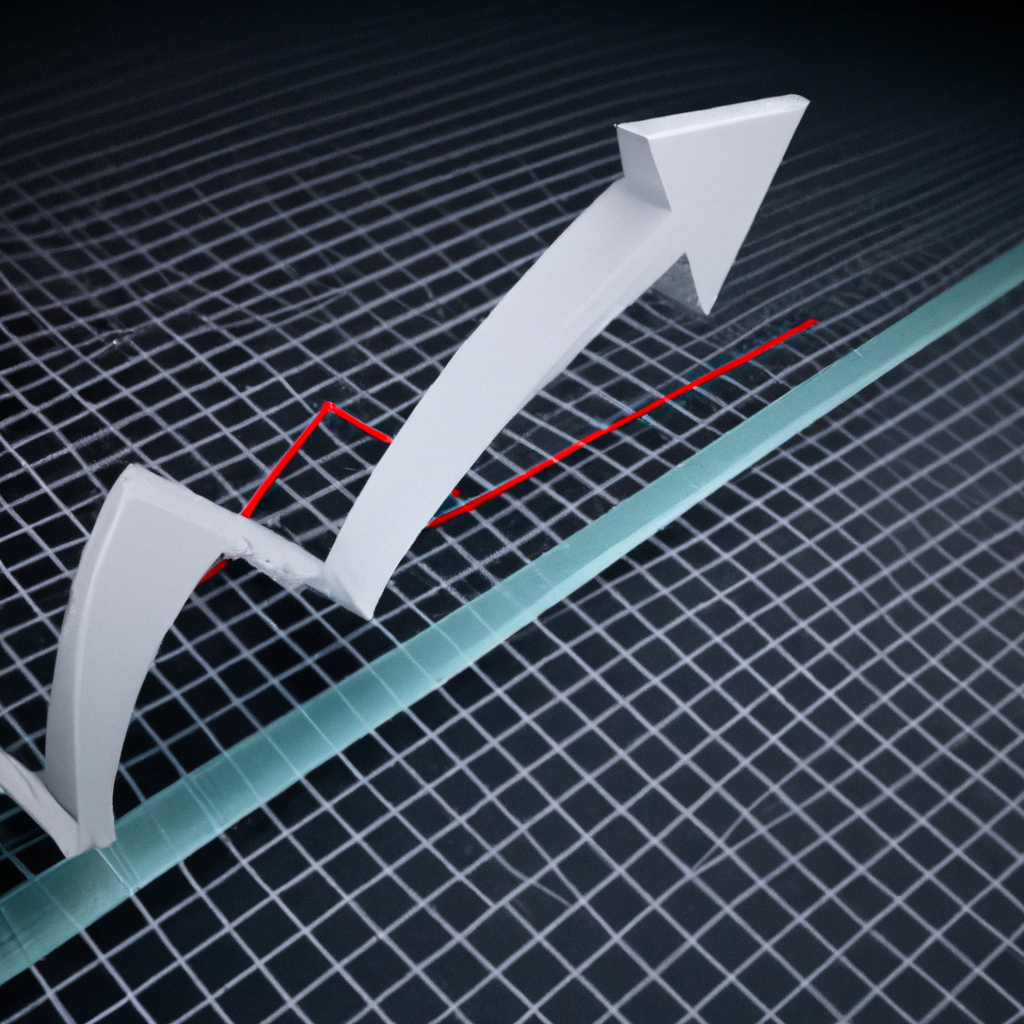
Fibonacci Retracement Levels
What are Fibonacci Retracement Levels?
Fibonacci retracement levels are horizontal lines that indicate potential support or resistance levels based on the Fibonacci sequence. These levels are used by traders to identify potential reversal points in the price of an asset.
How to Use Fibonacci Retracement Levels
Identify a Trend
The first step in using Fibonacci retracement levels is to identify a trend in the price of the asset. This can be done by looking at the highs and lows of the price movement over a certain period of time.
Draw Fibonacci Levels
Once a trend has been identified, the trader can draw Fibonacci retracement levels on the chart. The levels are drawn by connecting the high and low points of the trend with horizontal lines at the key Fibonacci ratios of 23.6%, 38.2%, 50%, 61.8%, and 100%.
Identify Support and Resistance Levels
Traders use Fibonacci retracement levels to identify potential support and resistance levels. If the price of the asset retraces to one of these levels, it may bounce off and continue in the direction of the trend. Conversely, if the price breaks through a Fibonacci level, it may indicate a reversal in the trend.
Set Stop Loss and Take Profit Levels
Traders can use Fibonacci retracement levels to set stop loss and take profit levels for their trades. By placing stop loss orders just below a Fibonacci support level, traders can limit their losses if the price moves against them. Take profit orders can be placed just below a Fibonacci resistance level to lock in profits.
Conclusion
Fibonacci retracement levels are a valuable tool for traders looking to identify potential support and resistance levels in the price of an asset. By using these levels in conjunction with other technical analysis tools, traders can make more informed trading decisions.





